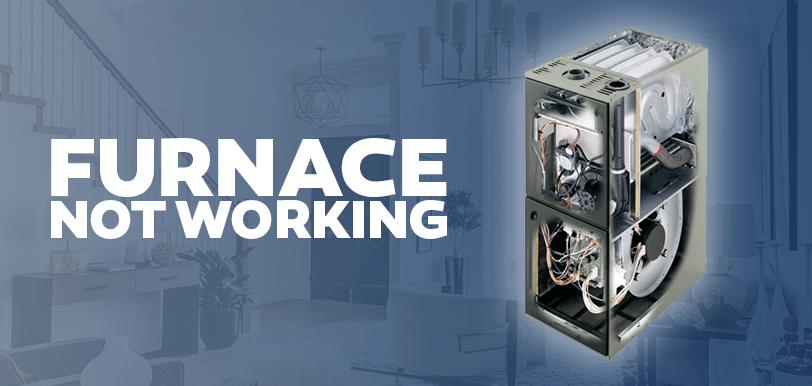The most common reason a furnace runs without producing airflow is a malfunctioning blower motor. Since the blower is responsible for circulating heated air through ducts, any failure here results in silence at the vents. Furnace repair services in San Marcos, TX often address issues like worn-out blower belts, faulty capacitors, or electrical control board problems. In some cases, the furnace may still ignite and produce heat, but without the blower, that warmth never reaches the living space.
Could a clogged air filter cause furnace airflow issues?
Yes, a clogged filter is one of the simplest yet most overlooked causes of furnace airflow issues. When filters are packed with dust and debris, they restrict circulation, forcing the system to work harder. This not only reduces efficiency but can also trigger safety switches that shut down the blower entirely. Regular filter replacement is a preventive step that keeps airflow steady and reduces strain on the furnace.
What role does the thermostat play in furnace blower problems?
Sometimes the issue isn’t mechanical but electrical. A thermostat that’s miscalibrated or set incorrectly can prevent the blower from activating. Loose wiring, dead batteries, or outdated models may also interfere with communication between the thermostat and furnace. Professional heating services in San Marcos, TX often include thermostat inspections to ensure the system is receiving accurate signals.
Can ductwork blockages stop warm air from reaching rooms?
Even if the blower is working, blocked or leaky ducts can prevent air from reaching the intended spaces. Collapsed ducts, closed dampers, or significant leaks reduce airflow and create uneven heating. Technicians performing furnace repair often inspect ductwork to identify obstructions or leaks that compromise system performance. Addressing these issues not only restores airflow but also improves energy efficiency.
When should homeowners call for professional furnace repair?
While some problems—like replacing a filter or checking thermostat settings—are manageable for homeowners, others require professional expertise. Electrical failures, blower motor replacements, and control board issues involve high-voltage components that should only be handled by licensed technicians. Calling a trusted provider of furnace repair services in San Marcos, TX, ensures the problem is diagnosed accurately and resolved safely.
FAQs About Furnaces Not Blowing Air
1. Why does my furnace turn on, but no air comes out of the vents?
This usually points to a blower motor issue, a clogged filter, or a thermostat malfunction.
2. Can a dirty flame sensor stop my furnace from blowing air?
Yes, if the flame sensor fails, the system may shut down before the blower activates.
3. How often should I replace my furnace filter?
Most filters should be replaced every 1–3 months, depending on usage and household conditions.
4. Is it dangerous if my furnace blower stops working?
It can be, especially if overheating occurs. Safety switches usually shut down the system to prevent hazards.
5. Should I repair or replace my furnace if the blower fails?
If the furnace is older than 15 years, replacement may be more cost-effective than repeated repairs.
Conclusion
A furnace that isn’t blowing air can stem from simple issues like clogged filters or more complex problems involving the blower motor and electrical components. While some troubleshooting steps are safe for homeowners, professional diagnosis is often necessary to restore reliable heating. For trusted furnace repair services in San Marcos, TX, homeowners can rely on the expertise of Woods Comfort Systems to keep their homes warm and comfortable all winter long.

